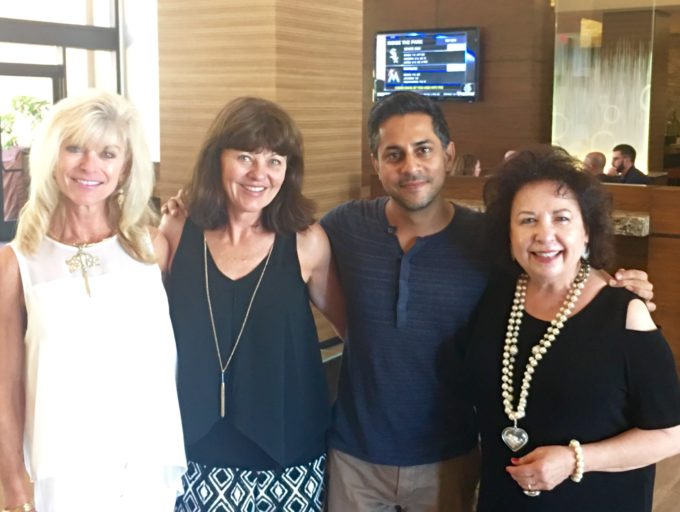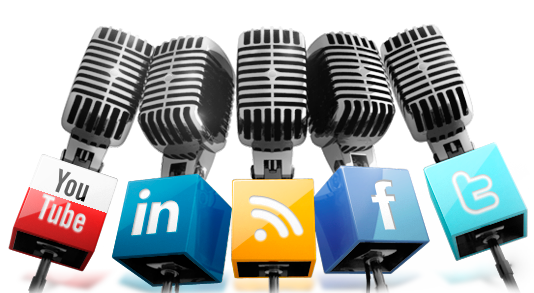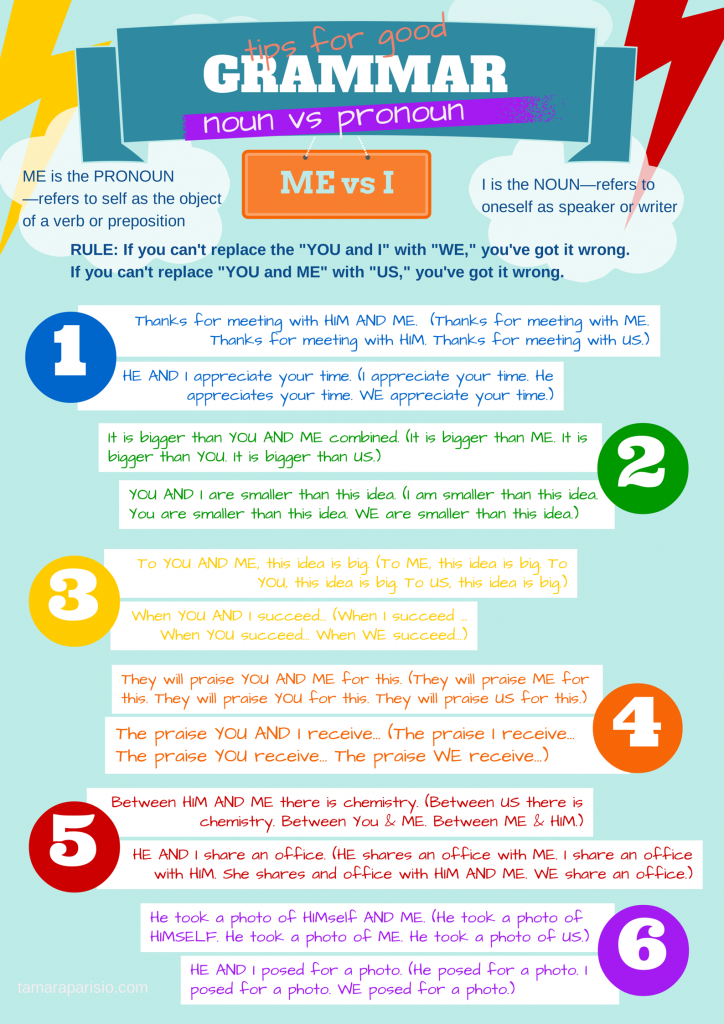Do you feel like you’re stuck in a rut? You can’t move forward, you can’t get that break, and sometimes, you just can’t let go of the past?
You’re not alone. We’ve all been there. And many of us have moved on by taking some simple steps to get un-stuck. Get out of your head and find yourself a new groove.
“If I consider my life honestly, I see that it is governed by a certain very small number of patterns of events which I take part in over and over again…when I see how very few of them there are, I begin to understand what huge effect these few patterns have on my life, on my capacity to live. If these few patterns are good for me, I can live well. If they are bad for me, I can’t.” — Christopher Alexander, The Timeless Way of Building
When you feel stuck it’s usually because of one of three things—and all of them are in your head. Either you are focusing on all that is wrong with your situation which tends to attract more of what is wrong. Or, you don’t have a clear vision for what you desire, so it is hard to know if you are stepping into your dream. Finally, it could be that you’re holding on to something from the past resulting in doubts and fears that are holding back your progress. This last one is the biggest reason you’re not moving toward achieving what you desire — subconscious programs that keep you in a rut. But you can escape this groove!
Step 1: Change Your Mind
You are in charge of the thoughts that you think! Take the reins and guide your brain.
When you think about your current situation, do so with gratitude. See how far you’ve come. Appreciate where you are now. Get excited about the journey. Open yourself to all adventure that comes your way.
“To refuse what life offers is to chance not recognizing happiness if it comes your way.” — Maurice Goudeket, Close to Colette: An Intimate Portrait of a Woman of Genius
If you’re not happy, change your thoughts. Think about something else, something that feels happy! Think about something positive to stop negative thoughts from spreading.
“Anxiety and Ennui are the Scylla and Charybdis on which the bark of human happiness is most often wrecked.” —William Edward Hartpole Lecky, The Map of Life
Step 2: Create A Vision
Consider what you would like to achieve and how you desire to feel. This is your life, aim high. People tend to overestimate what they can accomplish in a year while they tend to underestimate what they can do in three years. Look ahead and double the distance! With clear direction, you can create a map or a plan for getting there!
“Nothing is so exhausting as indecision, and nothing is so futile.” — Bertrand Russell
Then, set intentions every day. It is important to determine actions you are able to carry out during the week. Create intentions, and list the follow through steps you’ll take for each one. This is your map for the day. Mapping gives you a clear sense of direction.
Expand your list to include intentions about anything you desire to see advanced or changed. You might have several areas in your life that require tune ups. The overwhelm can leave anyone feeling stuck. Select one or two things to begin. Consider categorizing intentions: friendships, adventures, environment, health, intellect, skills, spirituality, career, family, community, creativity.
Look at areas for personal growth, contribution, and connection. Map out your intentions. Without direction, you’ll just fall into a rut.
Step 3: Believe In You
You have to believe in you — believe you can and will achieve your goals. Once you believe, you’ll attract the people, places, and potentials to assist you.
“Public opinion is always more tyrannical towards those who obviously fear it than towards those who feel indifferent to it.” — Bertrand Russell, Conquest of Happiness
When you believe in you, you will surround yourself with people who support you, those who will assist you in achieving your goals.
“To be what we are, and to become what we are capable of becoming, is the only end of life.” — Robert Louis Stevenson, Familiar Studies of Men and Books (1882).
Step 4: Enlist Your Subconscious
Eliminate subconscious thoughts and beliefs that aren’t serving you. Replace them with empowering thoughts and beliefs.
Your subconscious does what it thinks you desire it to do — it simply follows your thoughts and beliefs. So make sure you have thoughts and beliefs that allow you to expand, experience, and excel in the life you desire.
Focus on what you desire, require, and deserve. Don’t dwell on all that is wrong, what you don’t want, what you don’t like. See every problem as an opportunity to design a solution.
“Such as are your habitual thoughts; such also will be the character of your mind; for the soul is dyed by the thoughts.”– Marcus Aurelius
Employ encouraging self-talk. Be positive. Stop beating up yourself for things that didn’t work — instead, ask yourself “what have I learned from this that will move me forward?” Turn a mistake into a valuable lesson.
Step 5: Own Your Power
You are a powerful person. Step into it. If you’re not living the life you desire, you’re not directing and working with your power—your subconscious mind. Give it the correct instructions so that it assists you in creating the life of your dreams. Take charge of your self, all of your self!
“If you make it a habit not to blame others, you will feel the growth of the ability to love in your soul, and you will see the growth of goodness in your life.” —Leo Tolstoy, A Calendar of Wisdom
Let go of the past and create the life you feel you desire. Move forward, get out of that rut, achieve more, and have more. Enjoy life. Be happy. Share laughter. And focus on living the life of your dreams.








